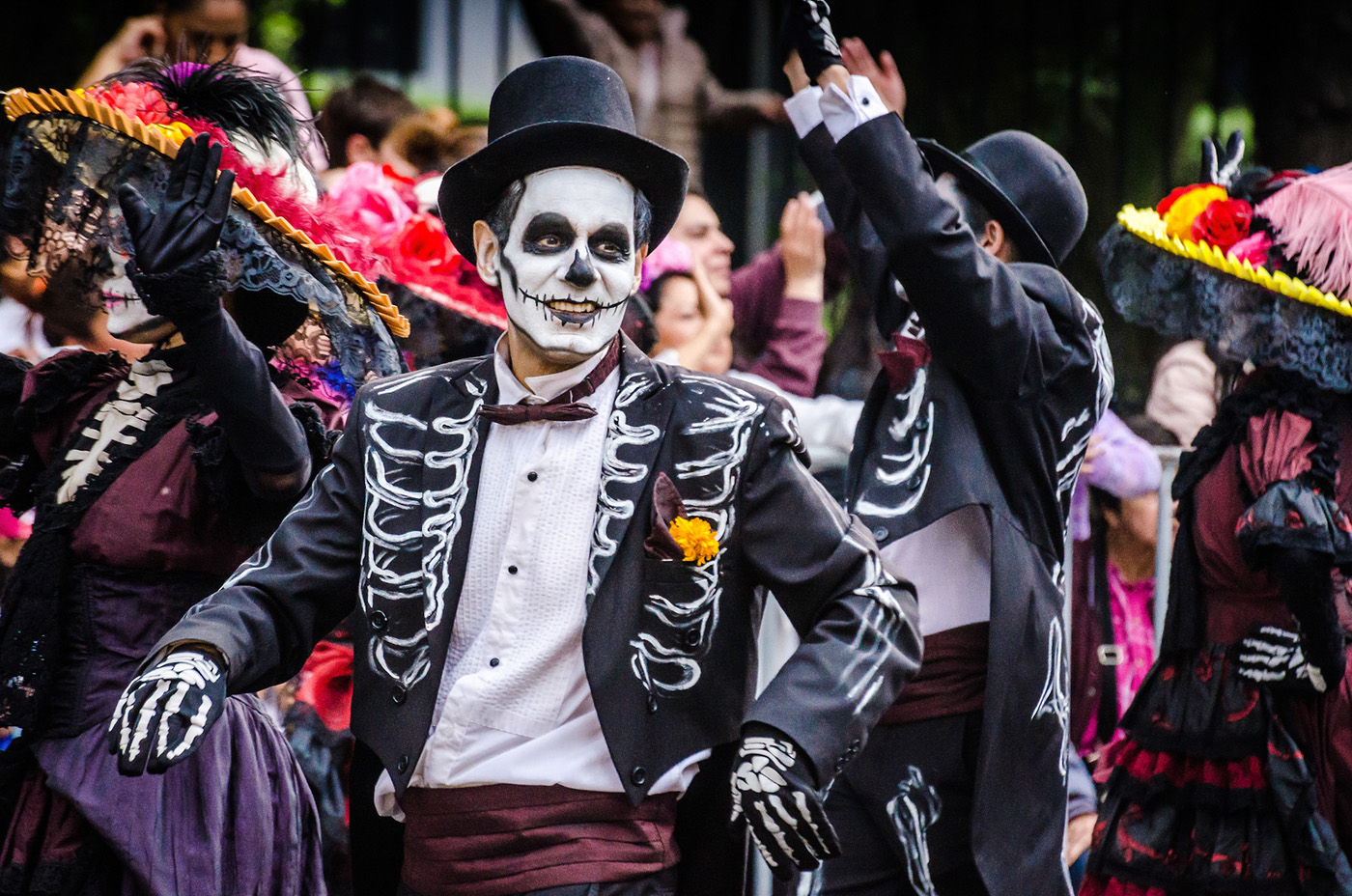
23 interesting facts about Day of the Dead (Dia de los Muertos)
- 👁️ 257
The Day of the Dead, or Dia de los Muertos, is a traditional Mexican holiday that celebrates the lives of loved ones who have passed away. Spanning from October 31st to November 2nd, the holiday is a vibrant and joyful celebration that blends indigenous, European, and Christian traditions. Here are 23 fascinating facts about this unique holiday:
- The Day of the Dead is celebrated throughout Mexico and in Mexican communities worldwide.
- The holiday has roots in the ancient Aztec festival of Mictecacihuatl, the Lady of the Dead.
- The Day of the Dead is a time to honour and remember loved ones who have passed away.
- Ofrendas, or altars, are a central aspect of the holiday and are decorated with candles, flowers, and offerings to the dead.
- The holiday is a celebration of life and death, and it is believed that the dead return to the world of the living to be with their loved ones.
- The traditional colours of the holiday are bright and bold, with orange and yellow representing the sun and green representing hope.
- Sugar skulls, or calaveras, are a common symbol of the holiday and are often decorated with colourful icing and glitter.
- Flowers, especially marigolds, play a big role in the holiday and are used to create elaborate flower carpets, or alfombras, in the streets.
- The holiday is a time for families to come together, cook traditional foods, and tell stories about their loved ones who have passed away.
- The holiday is not a somber occasion, but rather a joyful celebration of life and the cycle of death and rebirth.
- In Mexico, the holiday is often marked with public parades and street parties, with people dressed in brightly coloured costumes.
- Traditional foods for the holiday include pan de muerto, a sweet bread, and calaveras de chocolate, or chocolate skulls.
- The holiday is celebrated not only in Mexico, but in other countries with Mexican communities, including the United States and Spain.
- The holiday has gained popularity in recent years, with many people around the world embracing its cultural significance and rich traditions.
- The holiday is a time for families to come together and remember their loved ones, regardless of their cultural background or beliefs.
- In many communities, the holiday is marked with cultural events, such as music and dance performances, poetry readings, and exhibitions of traditional arts and crafts.
- In Mexico, the holiday is celebrated in cemeteries, where families gather to clean and decorate the graves of their loved ones.
- In many communities, the holiday is a time for families to visit their loved ones’ graves and offer them gifts, such as food, drink, and flowers.
- The holiday is not limited to just remembering human loved ones, but also includes pets and other animals that have passed away.
- The holiday has been recognized as an Intangible Cultural Heritage of Humanity by UNESCO.
- In some communities, it is believed that the dead come back to visit the living in the form of butterflies.
- The holiday is a time for families to come together and tell stories, sing, dance, and laugh in honour of their loved ones who have passed away.
- Many communities use the holiday as an opportunity to educate people about their cultural heritage and the importance of remembering their loved ones.
The Day of the Dead, or Dia de los Muertos, is a traditional Mexican holiday that celebrates the lives of loved ones who have passed away. Spanning from October 31st to November 2nd, the holiday is a vibrant and joyful celebration that blends indigenous, European, and Christian traditions. Here are…